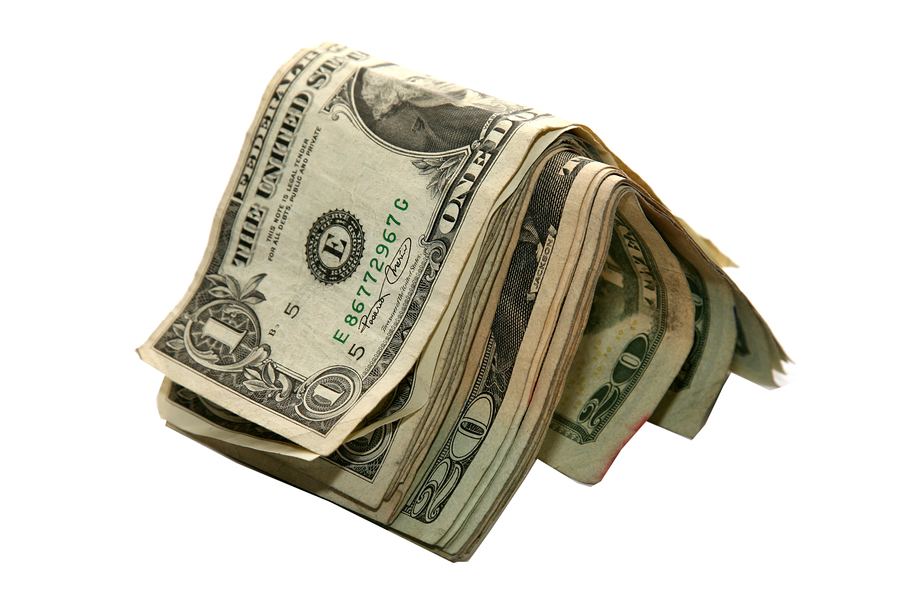Trading is hard. All a lot of us know about trading are the major success stories you hear- advertisements on social media with guys sitting with piles of money talking about all of the stocks they own and money they’ve made. However, this couldn’t be further from reality- in fact, a lot of traders barely make money at all, and actually make big losses. This is down to the fact that they aren’t well trained enough and haven’t done the right practice before they’ve started trading, and have instead thrown themselves in at the deep end and can’t swim. The people who are successful spend a lot of money and time learning all the tricks of the trade, and are well drilled with how to deal with almost any situation which could arise. The sheer number of things they need to know about is unreal, but that’s part of the reason why they’re so good at it in the first place. One of the things you need to know about are short squeezes, which are just one item on a very long list of things you need to familiarise yourself with. However, if you do get to know about short squeezes you’ll be able to avoid the dangers they bring and could even end up benefiting from them. But what actually are short squeezes and what do you need to know about them? Don’t worry, we’re here with all the information you need as we tell you everything you need to know about short squeezing a stock.
You can check out more about short squeezes at: https://www.timothysykes.com/blog/understanding-a-short-squeeze/.
So what actually is a short squeeze? It’s more or less when there is a rapid increase in the price of a stock. This happens because there is a dramatic increase in the demand for the stock, and therefore a lack of supply of it. These squeezes can be really damaging to any traders or companies that they affect, and can result in a huge loss of money for a lot of people. It’s their unexpected nature that brings about these losses, as people don’t normally expect them and therefore aren’t adequately prepared to deal with them. You could end up having to pay very inflamed prices to purchase stocks, which doesn’t tend to be a good thing.
The cause of a short squeeze is pretty simple- they happen when short sellers close their position on a stock or share, which in turn causes the price of the stock to sky rocket even more.Short sellers are traders whos methods of trading are borrowing and selling shares from other accounts with the intent of replacing them at a later stage. People normally do this so they can sell them back for an increased price, but this method is sometimes dodgy and is usually advised against. Short squeezes are an example of the things that can go wrong if you use this method, so probably give it a miss.
Short squeezes can be very damaging for companies on the stock market and for everyday traders alike. People may not be able to purchase any stocks and shares due to the inflamed nature of the prices, and companies therefore won’t generate any profits from people investing in their shares. Short squeezes can be damaging for everyone involved, and that’s why we’re talking about them- we need to know how to predict them and use them to our advantage.
So what are the ways you can predict that a short squeeze is coming up? One method you can employ is checking out the floats of companies whos stocks you’re looking at. The float of a company is the percentage of their stocks which are available to trade on the market. If this float seems to be getting a bit ‘tight’, it could be a sign that a short squeeze is on its way. If you’re scouring the stock market and are looking for shares to invest in, make sure that you do some research on their company float and whether it’s been decreasing a bit recently. If so, you’ll have to be careful and should perhaps wait around on investing in this company’s shares until threat of a short squeeze passes.
Another potential warning sign that a short squeeze could be on its way is the appearance of activist shareholders. In simple terms, these are specialised traders whos main aim is to increase the price of stocks. They’re like a group of sharks, constantly searching the trading industry for a price to bump up. If they smell blood and spot a good opportunity to increase a stock price, they’ll swoop right in and do it. If you hear rumours that there are activist shareholders taking a lot of interest in specific companies or stocks, it’s probably because they can see a short squeeze coming on. If this is the case, it’s probably for the best that you avoid these until the danger passes.
So now that we know what short squeezes are and how to predict them, we need to know how to protect ourselves from them. In general, basic trading rules apply; play your cards sensibly and don’t invest too much in any dodgy looking stocks. This can be very risky anyway, and especially so if a short squeeze is on the horizon. Play it safe and you’ll be just fine.
Keeping your eye out for any news surrounding potential short squeezes will also be very helpful. This will allow you to spot danger before anything bad actually happens, and you’ll be able to sell or avoid buying any shares which could possibly be affected. You’ll protect both your funds and your trading reputation in the one go.
Short squeezes aren’t the funnest aspect of the trading world, and that’s why it’s very important that you protect yourself against them. Stay vigilant and on the lookout, and make sure you have a good plan for if one of your stocks does get short squeezed.
Image Source: BigStock.com (licensed)
Site Disclaimer
The Content in this post and on this site is for informational and entertainment purposes only. You should not construe any such information or other material as legal, tax, investment, financial, or other advice. Nothing contained on our Site constitutes a solicitation, recommendation, endorsement, or offer by HII or any third party service provider to buy or sell any securities or other financial instruments.
Nothing in this post or on this site constitutes professional and/or financial advice. You alone assume the sole responsibility of evaluating the merits and risks associated with the use of any information or other content in this post or on this site.
You recognize that when making investments, an investor may get back less than the amount invested. Information on past performance, where given, is not necessarily a guide to future performance.
Related Categories: Money, Reviews








